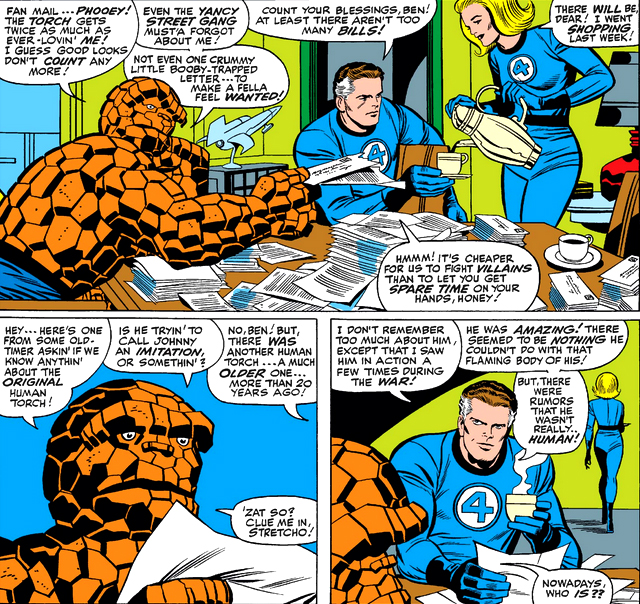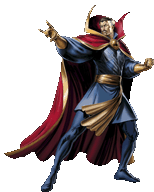For a mythical creature, the tale of the Wendigo as told by Marvel Comics proved to be something of a success story in regard to its three individual yet connecting parts which spanned from 1973 to 1980, with Part 3 finally bringing closure to the core characters who became entwined in the horrific circumstances of the monster's creation. In Part 1, we learned of a doomed hunting party made up of Paul Cartier, Henri Cluzot, and Georges Baptiste, who were attacked by wolves (you brought your guns on this hunting trip, didn't you, fellas?) and sought refuge in a cave, where Cluzot, mortally wounded, soon died. Having lost their supplies, and with the threat of the wolves keeping them there (no, I don't know what kept the wolves from entering the cave), Cartier and Baptiste were slowly starving to death--until, on the fourth day, Baptiste awoke to find that Cartier had succumbed to cannibalism with Cluzot's corpse. That, in turn, triggered the curse of the Wendigo, as Baptiste became witness to Paul Cartier transforming before his eyes into the woodsbeast.
With Baptiste weaponless and weak from hunger, he became easy prey for the Wendigo, who took him by force out of the cave and into the woods, where the creature eventually stopped to sleep--trapping Baptiste underneath it, still alive, but his moments numbered until the Wendigo would become hungry and finally feast. Only the timely arrival of the Hulk on the scene saved the man's life--and from there, the Hulk returned Baptiste to the camp of Cartier's sister, Marie, who learned from Baptiste of her brother's horrid fate.
At that point, the story had the ingredients to build on itself and become, in essence, a trilogy. Part 1 ends with the Hulk attempting, and failing, to save Paul Cartier's quickly fading intelligence from being supplanted by the bestial instincts and cravings of the Wendigo; yet the story continues with the return of Marie Cartier, with Georges Baptiste at her side--a woman who is determined to return her lost brother to life, by dooming the one she has selected to take on the Wendigo's cursed existence instead.
The fact that Baptiste stresses that he's not helping Marie out of any sense of debt to her is a welcome touch to this scene, since it places the burden of guilt for her plan where it belongs: the troubled character of Marie herself, and the lengths she's willing to go to in order to bring her brother back. The fact that Paul wanted to be a doctor makes the man no saint, nor is it relevant since Cluzot had been dead when Paul resorted to cannibalism; in addition, Baptiste certainly wasn't responsible for dragging Paul along on a hunting trip, or for the wolf attack which drove the group into a cave from which there was no escape.
It probably goes without saying that Marie has chosen the Hulk to be the vessel that will take on the curse of the Wendigo and thus free her brother from its form. But in this two-part installment of the story, there will be another figure who will play a part in this drama, in his first Marvel appearance--a figure who, if he succeeds in his mission, will unknowingly deprive Marie of the unwitting help of the Hulk, and the Hulk of his existence!














































